"The misconceptions about visual thinking are alarming. On one hand, this critical skill seems integral for contemporary learning, since almost every modern input is visual in nature. Yet this key proficiency seems almost entirely absent from state standards and daily classroom lessons."
Research and publish the best content.
Get Started for FREE
Sign up with Facebook Sign up with X
I don't have a Facebook or a X account
Already have an account: Login
Tech tools that assist all students to be independent learners & teachers to become better teachers
Curated by
Beth Dichter
 Your new post is loading... Your new post is loading...
 Your new post is loading... Your new post is loading...

Melissa Marshall's curator insight,
August 7, 2014 11:58 PM
Here are some great graphical resources found in the WSJ! Obviously some are quite Americanised but there are some great ones you could use for a discussion on statistics, skewed data or how data is used in the media to reinforce a bias. |

Patricia laronze's curator insight,
February 18, 2015 11:17 AM
How to convert your text-based information to images and text that show concepts and the flow of ideas.
Cristian David Muñoz Alvarez's curator insight,
October 3, 2015 9:43 AM
Herramientas que transforman la educación

Bryan Hartsig's curator insight,
May 23, 2013 8:38 AM
text and visual pairings can inspire keen connections in the learning process.... |



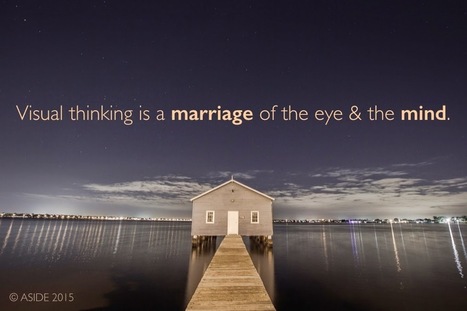



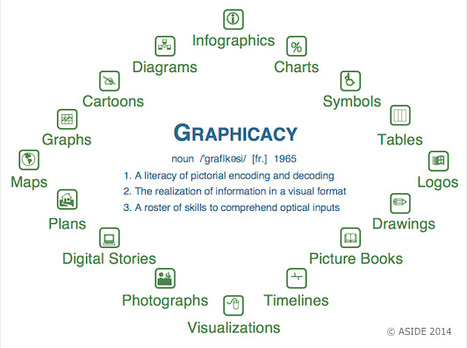

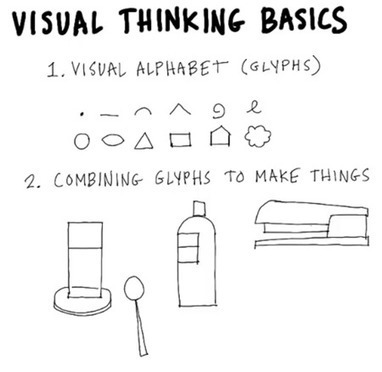
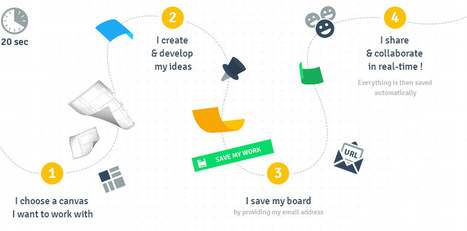
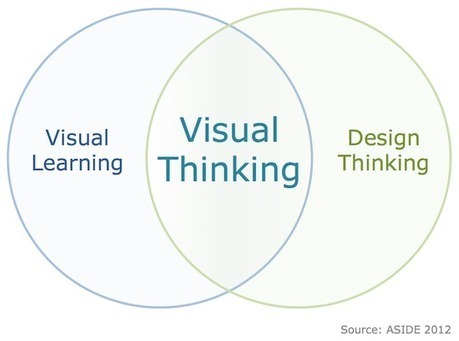
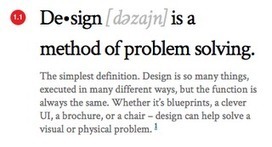





Sketch notaking is just one way!
Thx Beth Dichter